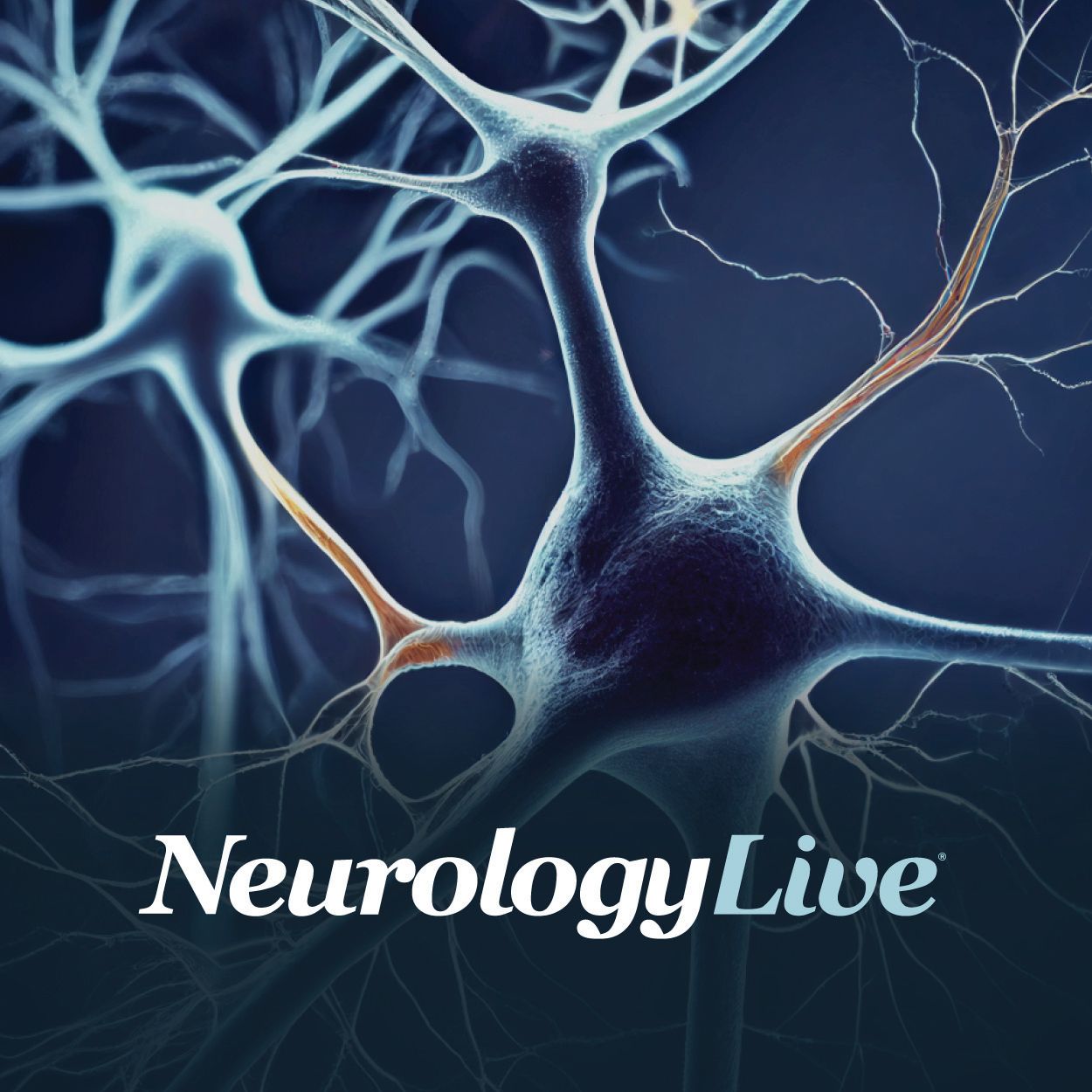Opinion
Video
Approval Process for Biosimilars
Amy Perrin Ross, APN, Patricia Melville, NP-C, Aliza Ben-Zacharia, PhD, DNP, ANP-BC, and John Kramer, PA-C discuss approval process of biosimilars.
Amy Perrin Ross, APN, MSN, CNRN, MSCN: Any thoughts about proof from you, John or Pat?
John Kramer, PA-C: I would just add to what I hear you both saying, that there is a regulatory framework that is already in place for these biosimilar molecules. It’s been in place for over a decade. I think that learning about the biosimilar process from an FDA approval standpoint certainly has made me feel more comfortable over time in terms of the next biosimilars that will eventually come to us as MS [multiple sclerosis] clinicians to be able to use for our patients.
Aliza Ben-Zacharia, PhD, DNP, RN, ANP-BC, FAAN: I think it’s a good point, John, because I wasn’t aware that biosimilars go through such a rigorous process. I was a bit surprised, and I think I felt more comfortable with the idea of the biosimilar. I think that’s why it’s so important to educate ourselves and then transfer the data to others, I guess.
Patricia Melville, RN, NP-C, CCRC, MSCN: I’m just going to add to that and say that in my research in preparation for today’s discussion, I came to realize that the regulatory requirements vary across the globe. What the United States requires might be different from what’s required in Europe or Asia. Our US FDA defines biosimilars as being similar structurally to the reference product but with no clinically meaningful differences in purity, potency, or safety. To add to what Aliza just spoke about, in vivo studies are required, animal model studies are required, clinical pharmacology. And they do these things, so-called interchangeability studies, which we’re going to be talking about a bit later as we move through our discussion. What’s interesting about the interchangeability studies is they switch patients back and forth from the reference product to the biosimilar product, and then back to the reference product again, and thereby are able to prove, again, safety and efficacy, and that these products are interchangeable. I thought that was quite fascinating.
Amy Perrin Ross, APN, MSN, CNRN, MSCN: I thought it was fascinating too. Looking at the layout of some of those trials, I thought, I’m glad I’m not having to run this trial, because people are getting this medication and the reference product, and then back again, and I thought, wow, that would be a challenge. But obviously, a very necessary challenge, because should the biosimilar meet all the requirements with all of that back and forth, that would only increase my confidence in recommending that for our patient population.
John, you brought up a good point about the whole process, and you too Aliza, about the process that biosimilars go through with respect to the FDA. Again, one of the things that sort of surprised me as I was reviewing literature for the preparation for the discussion was the fact that biosimilars have been in use in Europe for a while now. They have quite a rigorous process for the approval of biosimilars, and that’s not been my experience with many of the other MS drugs. It’s often North America, United States or Canada, that goes through the FDA or the Canadian version first. So, I was quite interested to read and quite supported by a lot of the data I was reading about the processes that people went through to get EMA [European Medicines Agency] or the European regulatory approval. It was quite heartening to me, in terms of here’s more proof that this is a very rigorous process.
Patricia Melville, RN, NP-C, CCRC, MSCN: And perhaps reassuring to us as prescribers.
Amy Perrin Ross, APN, MSN, CNRN, MSCN: Right. Does anybody have any other comments they want to add about the approval process?
Aliza Ben-Zacharia, PhD, DNP, RN, ANP-BC, FAAN: Just that it’s a very rigorous [process that] takes years for both biosimilars and biologics, and it takes time. I think the FDA definitely, as Pat mentioned, has its approval process that takes years, and look at the data and do the committee. One of the articles I read said that one of the committees, and I think we’ll talk later [about it] as well, tried to streamline the approval process, trying to look at a few biosimilars at the same time and compare them to the reference [products]. As we know, we have a few biosimilars to one drug. You mentioned interchangeability, and I wish to have more studies in MS that talk about interchangeability. Amy, you mentioned [that] it’s definitely complex. One of the concerns I have sometimes is when patients are being switched from one biosimilar to another and you don’t know what the response will be from patients, because insurance [companies] do that. We’ll talk more about insurance later, as payers, but sometimes they switch patients from one to the other, and it’s pretty complicated with glatiramer acetate, for example.
Amy Perrin Ross, APN, MSN, CNRN, MSCN: Indeed. Pat, a question I have for you is, how does the approval process differ from a reference product approval?
Patricia Melville, RN, NP-C, CCRC, MSCN: They’re actually quite inverse to one another. If you take a look at the screen, you can see with the biologic, there is an inverted triangle. Initially, there’s molecule characterization, followed by nonclinical studies, which are usually animal model studies, followed by phase 1 clinical trials, phase 2, and then finally phase 3. The phase 3 trials are usually very large trials, usually with a few thousand patients. For biosimilars, there’s a lot more time spent on the physiochemical characterization, followed by functional or biologic characterization. Then there are immunogenicity studies looking at pharmacokinetics and pharmacodynamics, and the clinical studies are much smaller than what we see in the biologic products.
Transcript Edited for Clarity




